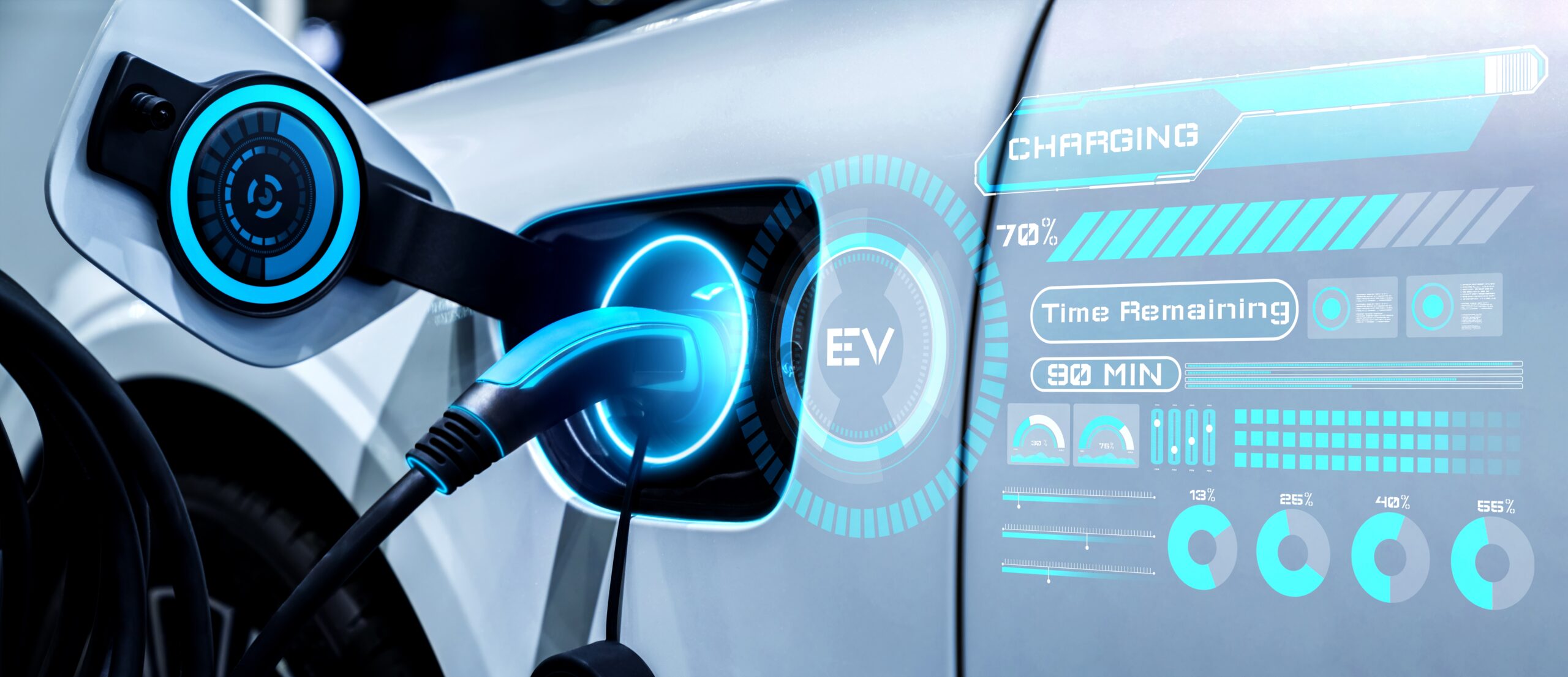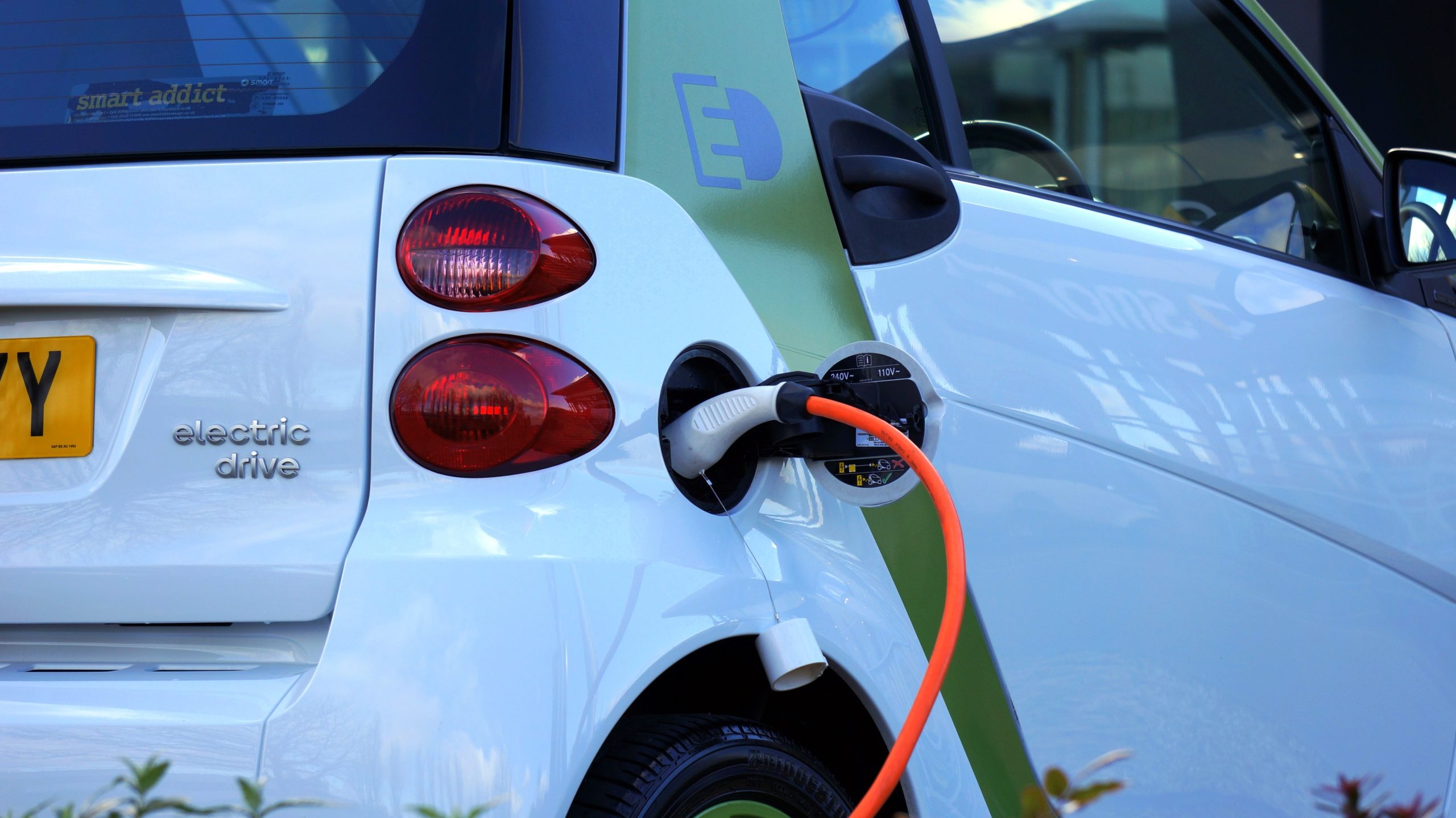The Generac Grid Services’ blog has taken a deep dive into our three-pronged approach to electric vehicle (EV) charging solutions in recent months. Recognizing a need to understand charging behavior, we showcased the value of Charging Insights programs. Next, we met the industry where many are by exploring the value of behavioral charging programs. Our last stop in this series is the automation of smart charging, and much like Dickens’ Ghost of Christmas Yet to Come (odd reference for mid-summer, I know), we’re learning that the fate of these programs’ design is not yet sealed.
By Generac Grid Services’ definition, automated smart charging consists of controlling and optimizing EV charging to achieve peak load management and other grid objectives – automatically – via dispatch from a distributed energy resource (DER) orchestration platform like Concerto™.
In this blog, I’ll explore the two flavors of automated smart charging programs: those enabled by smart EV chargers (or EV supply equipment, EVSE) and those leveraging direct-to-vehicle telematics control. To cut to the chase, I’ll explore why Generac Grid Services sees a promising future for both program types.
Smart Charging Leveraging Level II EVSE
Generac Grid Services witnessed early adoption of automated smart charging programs for residential and other light-duty vehicle customers leveraging a smart EV charger and for good reason.
- Slow charging from Level I EVSE may encourage customers to purchase a smart charger regardless of grid service offerings; rebate programs through utility marketplaces and other local programs reduce this system upgrade cost.
- Additionally, some utilities may leverage those marketplaces to facilitate the purchase of devices pre-approved or pre-enrolled in rewards programs, simplifying the customer journey.
- Participants can leverage their charger for simple demand response (or V1G) grid services applications regardless of their vehicle manufacturer.
- Charging control occurs at a specified location; thus, no remote dispatch can occur if the vehicle is not plugged in at the “home” (or otherwise enrolled) EV charger. This control specificity boosts participants’ ability to manage their program involvement.
Telematics Offers a Direct Way
Alongside smart EVSE control, today’s proliferation of control via EV telematics communications cannot go unnoticed. Keeping a customer-first mindset, there are good reasons why these programs make sense:
- Participants feel less friction by leveraging their EV’s smart app rather than an additional application or system to engage in a grid services program.
- While some EV drivers may need to pay a subscription fee to unlock the telematics offerings with their compatible vehicles, rewards from grid services programs can help to reduce these costs.
- Participation is not contingent on an approved Level II smart charger; thus, customers benefit from program participation while relying on the charger that best fits their needs.
- Participation might occur across a given territory, letting customers participate in events when charging locally, but away from home.
- Data available from telematics provides a holistic picture of the driving + charging experience. Where data-sharing agreements allow, participants and their utility can gain a strong understanding of charging habits relative to daily driving needs, potentially supporting broader rate and program portfolio design.
Which way will the industry go?…
…Or, put better, does the industry have to decide? I presume a preference could ultimately emerge as automated charging programs move past the pilot stage and engage more than adventurous early adopters. Still, I suspect we won’t know for a while. This understanding is precisely why Generac Grid Services is positioning itself to support energy companies and their partners looking to offer these programs in both ways.
Right now, individuals who are most likely to engage are those seeking out the functionality in their EV charger’s mobile application or opening an email push from their vehicle manufacturer. These early adopters will be the influencers that, pending a positive experience, will recruit their neighbors to join the program as EV adoption grows. Regardless of the automated smart charging program type, let’s ensure that today’s participants have the best experience possible. After all, in keeping with customer choice, having both EVSE and telematics program options available will maximize customer satisfaction and available capacity.
 Jessie Peters
Jessie Peters
Senior Manager, Marketing








